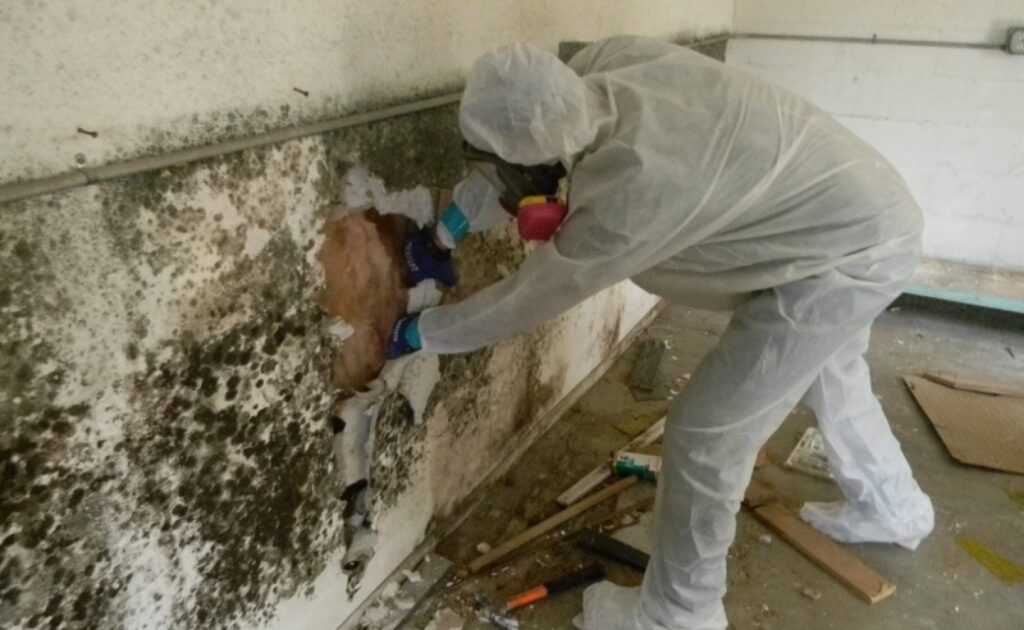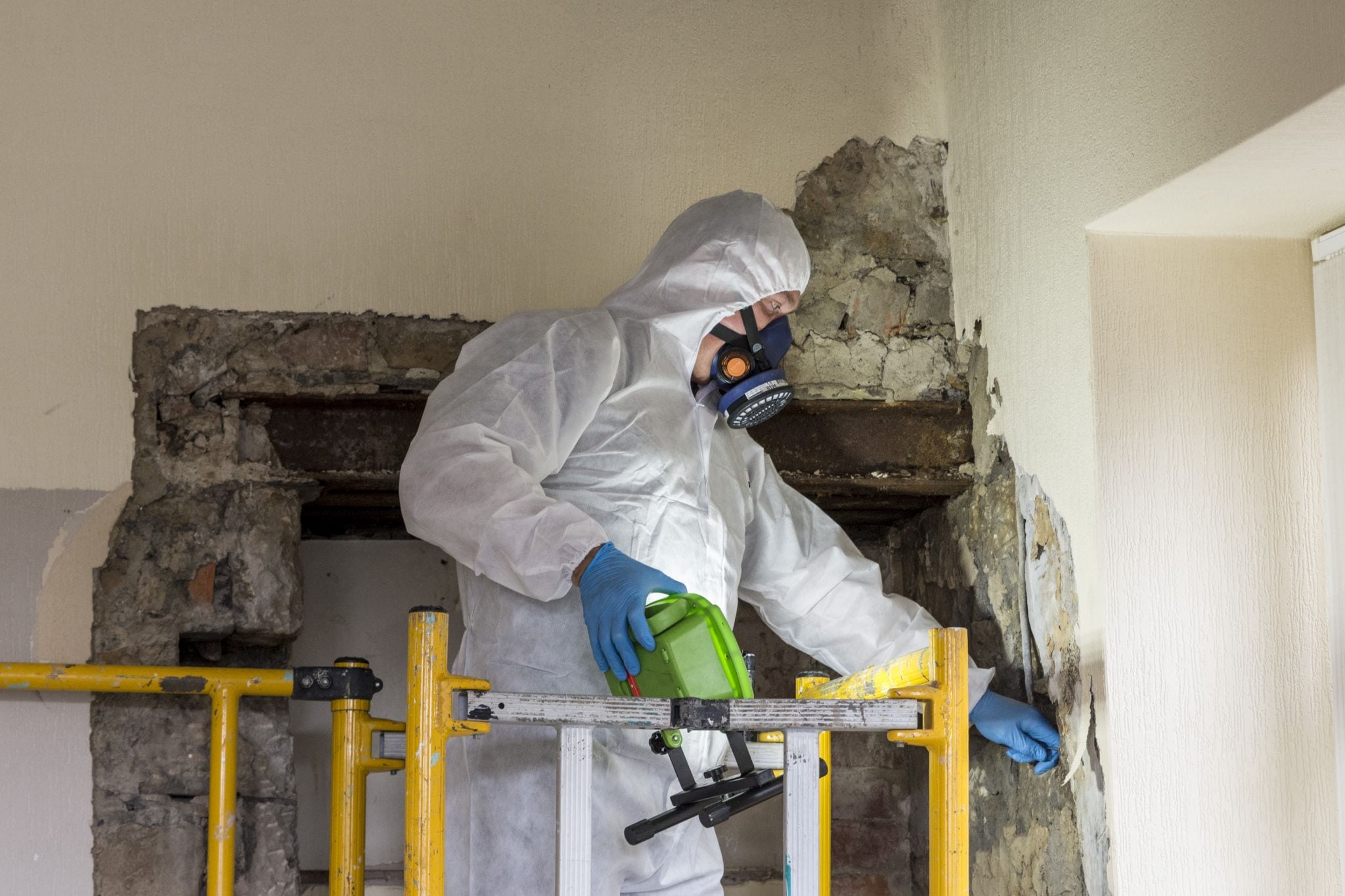If you’re a homeowner and you suspect that your house might contain asbestos products, you’ll want to take extra precautions. Asbestos is a mineral that was commonly used in building materials such as ceiling tiles, flooring, and pipe insulation when it became widely known that it can cause serious health issues like lung cancer.
The good news is that many states have laws requiring homeowners or businesses who live or work around asbestos-containing buildings to be informed about potential risks and given instructions on how best to deal with them before any real damage occurs.
The bad news is that these laws often rely on licensed professionals who know how much risk is involved in removing asbestos from your home—and how much it will cost them (or their insurers) if they don’t follow proper procedures during removal or disposal of asbestos waste materials!
In this blog post we’ll talk about what makes domestic asbestos removal Melbourne different than commercial or industrial projects (and why hiring an experienced contractor matters), plus some tips on what questions you should ask when hiring a contractor for this type of project.”

Asbestos fibers can easily penetrate the skin, causing contact dermatitis.
Asbestos fibers are very small and can easily penetrate the skin. This is especially true if you have a cut or scratch on your body, which allows asbestos fibers to enter the bloodstream.
Once in the bloodstream, asbestos fibers can cause serious health problems by getting into other parts of your body such as your lungs and digestive system. Asbestos fibers can also cause circulatory issues in people who come into direct contact with them for long periods of time or on a regular basis (i.e., construction workers).
Asbestos dust can be as dangerous as asbestos fibers.
Asbestos dust can be as dangerous as asbestos fibers. It is important to know that asbestos dust is more easily inhaled or ingested than asbestos fibers.
In fact, some studies have shown that people are more likely to develop cancer from inhaling or ingesting small amounts of asbestos over long periods of time than from breathing large amounts for shorter periods of time.
This is because small amounts of the substance are able to remain suspended in air for extended periods and can be inhaled by workers without their knowledge.
Asbestos also poses a significant risk when it comes into contact with human skin, whether through direct contact or via clothing that has been contaminated with the material.
Domestic asbestos removal requires trained professionals.
Domestic asbestos removal requires trained professionals. If you are considering the DIY route, it’s important to know that asbestos removal is a dangerous task—one that requires special training and equipment.
It’s also a complex process that can go wrong if not done properly. If you don’t have the right tools for the job, or if you don’t follow proper safety procedures, you risk exposing yourself and others to toxic fibers.
Asbestos removal should be handled by licensed professionals who have undergone rigorous training in workplace health and safety standards.
Domestic asbestos removal Melbourne will have access to equipment designed specifically for this type of work; these devices are designed specifically for removing asbestos from homes without releasing harmful fibers into the air or onto workers’ clothing or skin.
Conclusion
We hope this article has helped you understand the dangers of domestic asbestos removal. Remember, if you need asbestos removal services in your home or business, it’s important to select a licensed and experienced professional who knows how to handle these materials safely.

